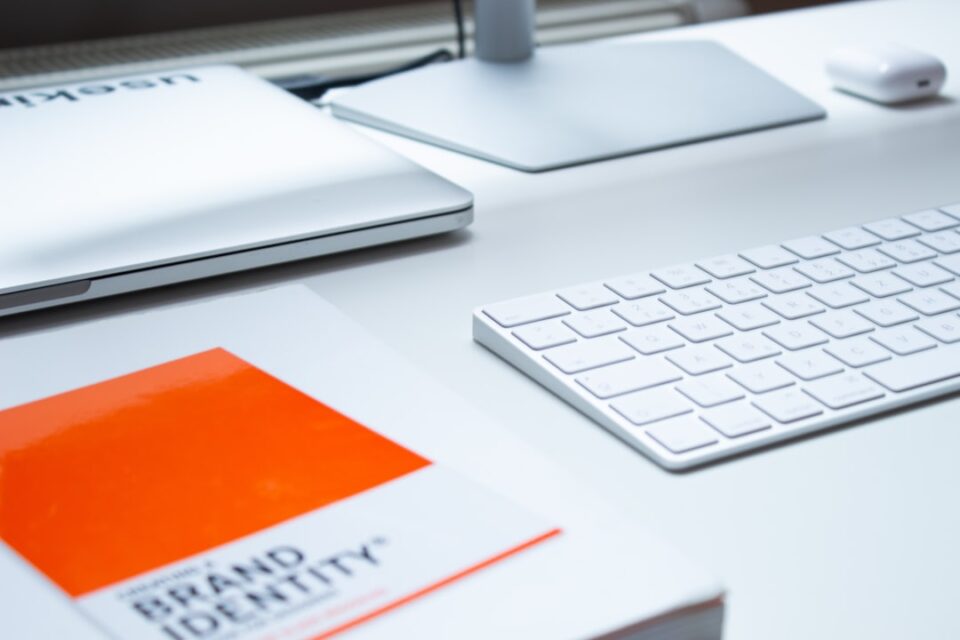The Role of Packaging in Sustainable Design Practices
Packaging is an essential aspect of our daily lives. We encounter it in various forms, from the boxes that contain our morning cereal to the bottles that hold our favorite beverages. However, packaging does not merely serve the purpose of protecting products. In today’s world, it plays a crucial role in sustainable design practices.
Sustainable design aims to create products that minimize their negative impact on the environment. As consumers become more conscious of their environmental footprint, companies are recognizing the need to incorporate sustainability into their packaging strategies. Here, we will explore the role of packaging in sustainable design practices and highlight a few innovative solutions that have emerged in recent years.
First and foremost, sustainable packaging seeks to minimize waste. This can be achieved through the use of eco-friendly materials and efficient design. Traditional packaging often relies on plastic, which poses significant challenges for recycling and can end up polluting our oceans and natural habitats. However, sustainable packaging alternatives, such as biodegradable materials like cardboard or plant-based plastics, are gaining popularity.
Furthermore, sustainable packaging promotes reusability. A great example of this can be seen in the rise of refillable packaging options. Companies are now offering consumers the opportunity to purchase products in reusable containers that can be refilled instead of being thrown away. This reduces the need for single-use packaging and helps to prevent additional waste from entering landfills.
Another important consideration in sustainable packaging design is reducing transportation impacts. Packaging that is lightweight and efficient not only decreases the overall carbon footprint but also reduces costs associated with transportation. This practice can positively influence the entire supply chain, from production to consumer use.
In recent years, innovative packaging solutions have emerged that push the boundaries of sustainable design. One such example is edible or biodegradable packaging. Companies have begun experimenting with creating packaging materials that consumers can eat or that simply dissolve in water, eliminating the need for disposal altogether.
Additionally, some businesses are incorporating technology into their packaging to enhance sustainability. Smart packaging, for instance, can provide information on product expiry dates or proper recycling techniques. This not only improves consumer knowledge but also helps reduce waste by ensuring products are used to their fullest potential.
The role of packaging in sustainable design practices goes beyond environmental considerations. It also encompasses the social and economic aspects of sustainability. Ethical packaging focuses on fair trade practices, supporting local communities, and ensuring the welfare of workers involved in the packaging process.
Ultimately, the role of packaging in sustainable design practices is to create a circular economy. This involves designing packaging that can be easily recycled or composted, thereby closing the materials loop. The goal is to minimize waste, conserve resources, and create a more sustainable future for generations to come.
In conclusion, packaging plays a vital role in sustainable design practices. By utilizing eco-friendly materials, promoting reusability, reducing transportation impacts, and incorporating innovative solutions, companies can make considerable strides towards minimizing their environmental footprint. Additionally, ethical packaging practices can address social and economic aspects of sustainability. As consumers, we have the power to demand sustainable packaging, encouraging companies to prioritize environmentally friendly solutions. Together, we can create a more sustainable future through responsible packaging design.

